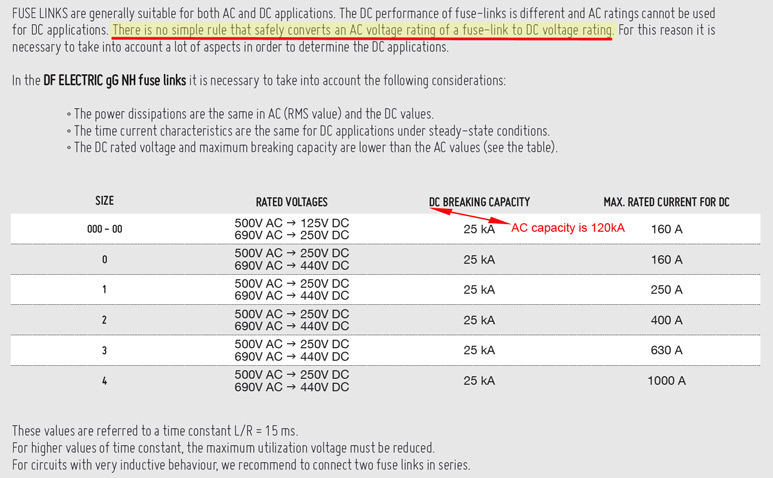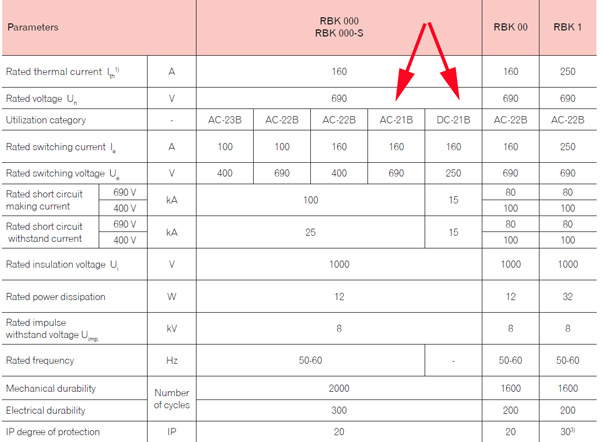The most common installation related question I normally get form a owner/installer is why they should spend the extra money on DC rated Fuses, Isolators and breakers, why cant Ac rated equipment be used.
The following video was recorded on site this week and will be used to explain the dangers of not using DC rated equipment.
https://drive.google.com/file/d/1lDKtK2oS8auZ-dGVAKC_mf9eUv9ln8RJ/view?usp=sharing
This spark was created by touching the two wires and then pulling them apart. We used 10 x 340 watt panels in series to create a spark like this, but 3 x 400 watt panels in series can produce a serious spark as well.
Now for a quick explanation of the design differences between ac and dc breakers and fuses:
- The “Breaking gap” or gap between the 2 contact points when the breaker open is bigger in the DC breaker than what could be expected in an AC breaker.
- The speed at which the contacts pull apart is much faster in a DC breaker.
- The DC breaker normally has a “Ark Shield” and an “Air Escape” path/vent to help extinguish the
arc. In short, when the contact opens under load, an arc is dawn, the arc gets divided by the “Arc
Shield”, further more the heat created by the arc, causes hot air to rise resulting in a draft that "Pulls the arc away from the contacts to help extinguish the arc. - The cap that a dc fuse causes when the wire melts is also bigger than with an ac fuse and DC fuses are filled with sand or a similar material to eliminate the arc.
So what is the difference between an AC and DC arc.
Because ac goes through a zero point every time the sine wave changes from + to -, the arc gets extinguish almost immediately as no current can flow at 0V
Dc on the other hand stays at the same potential and the arc will continue till the cap between the two contacts is big enough to stop the arc from jumping over…
What then is needed to extinguish a DC arc?
In short you need to open the contacts wide enough, fast enough while breaking down or eliminating the arc as efficiently as possible.
What danger then lies in using AC rated equipment for DC circuits:
The ac breakers does not do any of the three things mentioned above, so in most cases the arc will continue, till the contacts burn away enough to create a big enough gap to stop the arc. But in the meantime the area around the arc will heat up to temperatures way above 1000 degree c and we all know, that is more than enough heat to set almost everything on fire.
Conclusion.
The conclusion is simple, if you dont want to burn your place down, rather pay the extra money and buy the correct equipment from the word go. You might get away with using AC rated fuses and breakers for years, and then one day something goes wrong and the fuse that was supposed to protect you, causes your home to burn down.



